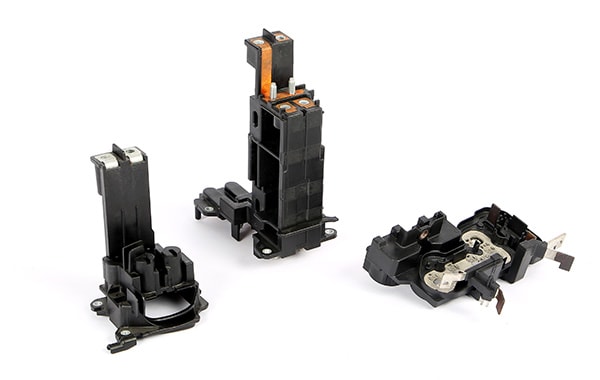When your design drawings are completed or a new product design is finished—before launching it to the market—the first thing you want to know is whether this product is viable in the market. You might also want to check if there are any differences between the design drawings and the actual product, or if the design is reasonable. At this stage, it is highly recommended to create a prototype model.
What Is a Prototype Model?
Simply put, a prototype model is one or more physical models made based on product design or structural drawings without creating molds. It serves as a functional template to check the appearance and structural feasibility of the product.
Types of Prototype Models
Handmade Prototypes:
These are mainly early-stage prototypes made by hand. This method is rarely used nowadays because it relies heavily on manual craftsmanship and often fails to meet size and appearance requirements.
CNC Prototypes:
These are primarily produced using CNC machines and can be divided into two types: Rapid Prototyping (RP) using laser or additive technologies, and CNC machining prototypes.
Advantages of CNC Prototypes
RP Prototypes:
RP prototypes are fast to produce because they mainly use layered stacking technology. However, the surface finish is generally rough, and this method cannot be used for products with thin walls.
CNC Machined Prototypes:
CNC prototypes offer high precision and excellent surface quality. The surface can be further treated by painting, screen printing, or other finishing processes, making it nearly identical to the final product. CNC prototypes can be directly formed on plastic materials, better meeting product requirements. For these reasons, CNC prototypes have become the mainstream in the prototype manufacturing industry.
Prototype Classification by Material
Plastic Prototypes:
The primary materials are ABS or other flexible plastics. These are widely used for popular new products such as feature phones, monitor housings, gaming consoles, etc.
Metal Prototypes:
Mainly made from aluminum-magnesium alloys or other metals, these prototypes are used for higher-end products like laptop casings, CD players, MP3 and MP4 players, and other household electronic devices.
Molded Samples for High-Value Products:
Expensive products such as smartphones and digital cameras usually require molds before market launch, referred to as smartphone or camera samples. The mold processing typically involves:
Maintaining the original exterior design from the 3D model of the phone, while simplifying internal structures to meet customer functionality requirements.
Using mass-producible surface finishing processes like silk screen printing, spray painting, and electroplating to replicate the real product’s appearance, achieving over 80% resemblance.
Costly finishes such as metal brushing or IMD are usually replaced by cheaper alternatives like hot stamping or mirror silver silk printing to reduce costs.
If customers have no special requests, mold cores are generally made from common materials like 718 steel.



